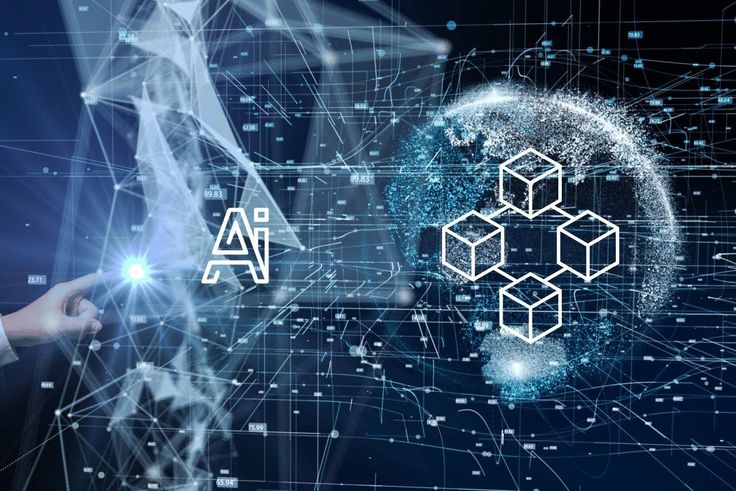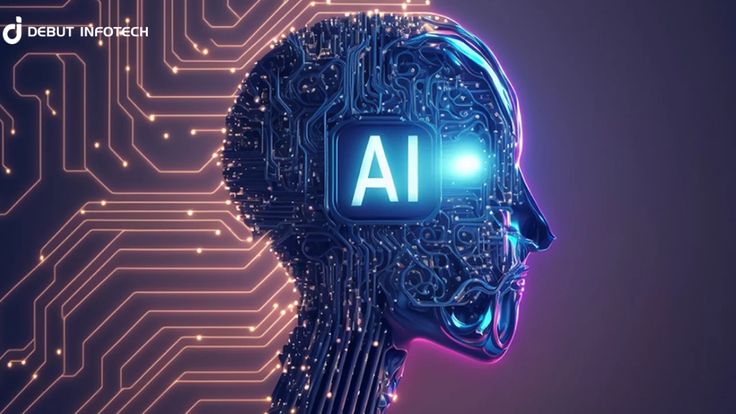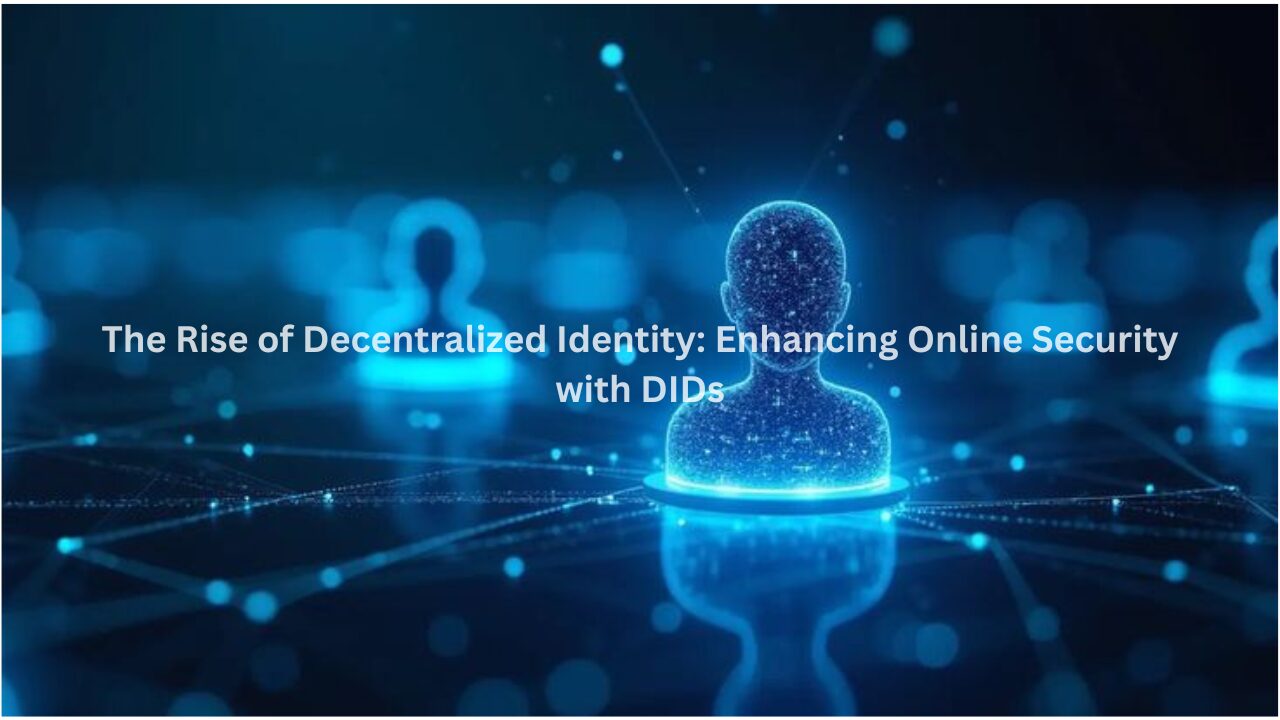AI is consuming energy at a startling level. For example: data centers alone could account for 9% of U.S. electricity use by 2030, due to power-hungry AI training models like ChatGPT-4.4.
However blockchain, once considered to have above-average mining energy use, is switching to proof-of-stake (PoS) systems like Ethereum, which reduced energy consumption by 99.988%.
This creates a paradox: Can blockchain’s AI defense techniques offset the strain AI puts on the grid? The answer depends on the use of decentralized energy markets, AI-controlled renewables, and advanced infrastructure. Let’s understand how these new technologies might interact or contend in the pursuit of a balance between sustainability and innovation.
The Rising Power Demands of AI
AI’s explosive growth is driving an unprecedented surge in global electricity demand. Data centers powering AI systems like ChatGPT already consume massive energy, one query uses 10x more power than a Google search.
By 2030, AI-driven data centers could quadruple their energy use with Goldman sach forecasting a 165% increase, rivaling the electricity consumption of entire nations like Japan.
In the US alone, AI is projected to account for 8% of total power demand by 2030 which is up from 3% in 2022 as grids which are already stressed out by aging infrastructure try to keep up.
Training advanced AI models requires thousands of energy-hungry GPUs, with single hyperscale data centers devouring up to 150 megawatts, equivalent to powering a small city.
While tech companies promise efficiency gains, the large scale of AI’s energy use is outpacing renewable energy adoption which in turn may risk reliance on fossil fuels to fill the gap.
Proof-of-Stake: Blockchain’s Green Pivot
As AI puts strain on power grids, blockchain is in the process of cleaning up its act. PoS validators secure networks by “staking” tokens and in the process cutting down 99.988% in energy use.
For instance in 2022 when Ethereum made its PoS update that reduced its energy demand from powering a medium-sized country to just 2,100 average U.S. homes. This supports eco-friendly blockchains like Solana and Cardano which have low energy use.
Solana’s transactions consume 1,837 Joules (or 0.00051 kWh) of energy which is less power than a Google search.
By doing away with mining rigs and fossil fuels PoS is making crypto greener, aligning with global climate goals while maintaining security and accessibility.
Where the Two Technologies Meet: Collaboration or Collision?
AI and blockchain are like roommates sharing a cramped apartment, they can either team up or fight over space. On the collaboration side, projects like Power Ledger use blockchain to let homeowners sell solar power to each other, while AI determines energy requirements to reduce waste. In Germany, AI-powered “nano-grids” balance wind and solar power using blockchain for secure, instant trades.
But collision risks are real. Training AI models like ChatGPT-4 can devour as much energy as 1,000 homes for a year, while even eco-friendly blockchains need power to run. Bitcoin alone uses more electricity than Finland annually, a stark reminder of lingering inefficiencies.
The key here is Balance. If AI optimizes renewables for blockchain, and PoS keeps crypto lean, they could stabilize grids. If not, they’ll clash like athletes fighting for the last water bottle in a marathon. The future hinges on smart integration, not competition.
Challenges Ahead: Is PoS Enough?
While Proof-of-Stake (PoS) does see a great reduction in blockchain energy consumption, it introduces new challenges that need to be addressed for sustainable and scalable growth.
Centralization Risks
Proof-of-Stake (PoS) has a hidden flaw: the more crypto you own, the more power you get. Validators must “stake” tokens to secure the network, which in turn can tilt control toward big players. Think of it as a voting system in which the rich get to put in extra votes.
For example, Ethereum’s top 10 validators control over 48% of staked tokens, risking a “rich get richer” loop. This goes against the grain of what blockchain is all about (decentralization), turning networks into clubs for the crypto elite.
Without guardrails (like capped stakes or community voting), PoS may just be trading one issue (energy use) for another (power hoarding).
Scalability Challenges
PoS cuts energy use, but can it handle real-world demand? Ethereum still faces traffic jams, during peak times, transaction fees spike, and speed lag. While PoS improves efficiency, most networks can’t match Visa’s 24,000 transactions per second. Fixes like “Layer 2” solutions (e.g., Polygon) help, but they add complexity.
For AI projects needing instant data, this bottleneck is a dealbreaker. Until blockchains scale seamlessly, PoS is like a fuel-efficient car stuck in gridlock. Great on paper, frustrating in practice.
Hidden Environmental Costs
Proof-of-Stake (PoS) uses far less energy than mining, but it’s not completely clean. Validators still require power for their servers and in turn, if that energy comes from fossil fuels, emissions remain. Solana is making progress, it has offset use per transaction by 25%, and total emissions dropped by 17.5% between April and September 2023.
Cardano also uses PoS, but a 2024 report shows it still has a carbon footprint of over 250 tonnes yearly, partly due to mixed energy sources.
So while PoS is greener than Proof-of-Work, full sustainability depends on switching to 100% renewable energy.
The Path Forward
The path to a greener tech future lies in smarter infrastructure. AI can help forecast energy demand and manage renewable supply more efficiently, reducing waste. For example, Google’s DeepMind has used AI to cut data center cooling energy by 40%.
On the blockchain side, projects like Energy Web are using PoS networks to support decentralized clean energy trading across grids. Together, these tools can create more flexible, intelligent energy systems.
But it’ll take global cooperation, investment in green tech, and continued innovation. If done right, AI and blockchain could work together to power progress, without draining the planet.
Conclusion
AI and blockchain are at a crossroads: one guzzles energy, and the other is learning to sip it. Proof-of-Stake (PoS) slashed blockchain’s thirst. Ethereum now uses 99.988% less power while AI could optimize grids if fueled by renewables. Projects like Solana’s carbon-neutral validators and Germany’s AI-driven solar grids show collaboration works.
Yet some problems continue to exist. The potential for centralization in a proof-of-stake system and the need for fossil-fuel data centers to power AI demand smarter policies
The future isn’t about picking a winner, it’s about teamwork. AI provides the fuel; blockchain steers it transparently. Success hinges on a shared responsibility: innovate fast but tread lightly.






